
Project videos
Click the pink link for BOTANY BAY Project Videos and Short Talks on our Gardening Principles, inspired by Indigenous practices.
Project Videos & Worksheets
Additional Worksheets
- HONEY BEES AND HIVES - activity-based learning by Melinda Schwakhofer (Mvskoke).
PAGES ABOUT PLANTS
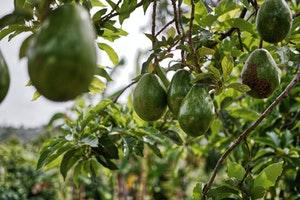
AVOCADO
Archaeologists have found evidence of avocado consumption along the North-West Pacific coast of what we now call Peru dating back 15,000 years.......
Avocado trees can live for over 400 years......
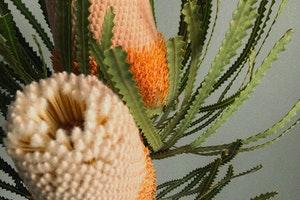
BANKSIAS
Banksia specimens were first collected in 1770 by Joseph Banks and Daniel Solander at a place later named Botany Bay by James Cook because of “the great quantity of plants Mr Banks and Dr Solander found in this place”.......
Banksia have adapted to the frequent wildfires and burnings and they release their seed pods during or shortly after fires......
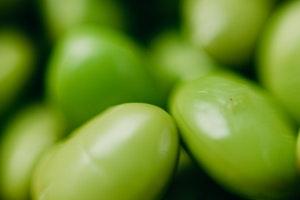
BEANS
Beans were second to only maize in the Aztec diet and were a principal source of protein. They were often cooked, boiled and mashed and sometimes ground into a fine flour like powder.....
Green beans are good for your garden. They capture nitrogen from the air and release it into the soil which is good for plants that require nitrogen to grow.....
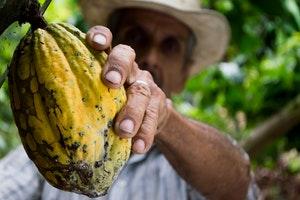
cacao
Quetzalcoatl, a plumed serpent god, found cacao in a mountain and gave it to the Aztecs. Cacao was made into an offering to many Aztec gods and often offered with blood from pierced ear lobes and tongues.....
It is claimed that the Aztec emperor Moctezuma II drank more than 50 cups of drinking chocolate every day....
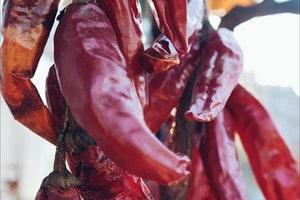
Chilli
It is thought that chilli peppers originated in north-east and central-east Mexico. Chilli peppers have been eaten for around 9,000 years.....
As well as flavouring foods and drinks, the Aztecs also used chilli peppers to fumigate houses and to help cure illnesses including upset stomachs, headaches and joint pain.....
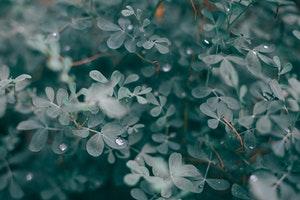
EUcalyptus
Indigenous Australians traditionally practice fire-stick farming, now more commonly known as cultural burning and cool burning. This is the practice of using controlled fires to control weeds and to clear undergrowth, facilitate hunting and change plant and animal species in the area....
The Eucalyptus tree has adapted to the frequent fires in Australia and some varieties actually need it to thrive.....
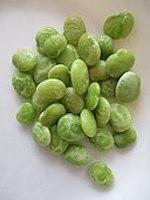
LIMA BEANS
The Moche people depicted Lima Beans in their decorated pots and vases. There are examples of art depicting Lima Beans with stripes and dots which some archaeologists believe was an early form of writing, which would reinforce the lima bean's status as food for the wealthy elite in Moche society....
One cup or 120g of Lima Beans contains roughly one quarter of your daily recommended iron. Most lima beans we see today are white or greenish, but the early Peruvian beans came in many colours, including red, purple, and brown.....
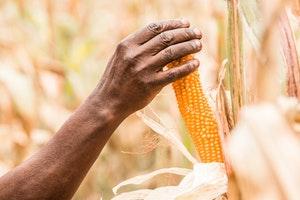
MAIZE
Maize was first domesticated by Indigenous peoples in southern Mexico about 10,000 years ago. They selectively bred and altered it so that it could be grown almost anywhere apart from at very high altitude.....
Maize, beans and squash were the three staple foods used in almost every meal, to which nopales (a type of cactus) and tomatoes were usually added. Chilli and salt were also used in many dishes....
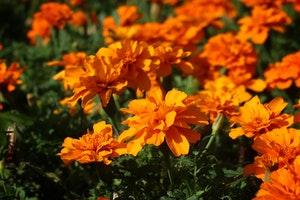
MARIGOLDS
Marigolds are also associated with the Goddess Mictecacihuatl who rules the underworld and guards the bones of the dead. She is also known as The Lady of the Dead and her grinning skull face and marigold flowers are now linked to The Day of the Dead (Día de los Muertos) celebrations....
Marigold flowers can be used as a skin wash, a dye and for food colouring. They are used to treat minor skin irritations like rashes, sunburn, bruises and eczema.....
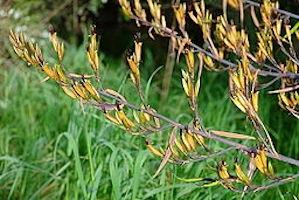
NEW ZEALAND FLAX
The Māori use flax widely. It is the primary material used in clothing including belts, cloaks, loin cloths, rain capes, sandals and skirts. The strength and durability of flax makes it ideal for sandals, fishing nets, sails, bird snares, ropes, floor mats, wall coverings and basket making. The softer fibres of flax can be used to make mattresses for babies....
The leaves, gum, roots and stalks of the flax plant can be made into disinfectants, laxatives, ointments for skin disorders, stomach upsets to treat wounds, and swollen joints....
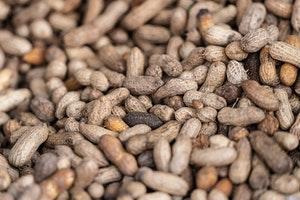
PEANUTS
Peanuts originated in the areas we now call Brazil and Peru. Their use and cultivation spread as far north as what we now call Mexico.....
Peanuts were a part of religious ceremonies: they were offered to the gods and buried with people to take to the afterlife. They were consumed by the wealthy at ritual performative feasts where the ordinary people would watch them eating.....
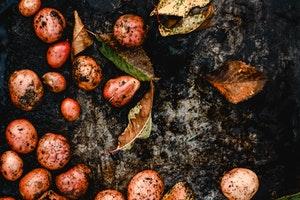
POTATOES
It is believed that the Inca were the first to cultivate potatoes in the Andes (in modern day Peru). Wild potatoes grew around the shores of Lake Titicaca. Inca farmers began domesticating the potato and learning how to cook and preserve it. They were grown at 3,800 feet above sea level....
The Inca boiled and then froze potatoes by leaving them outside overnight. These freeze dried potatoes are called chuño and they can be stored for up to 15 years. ....
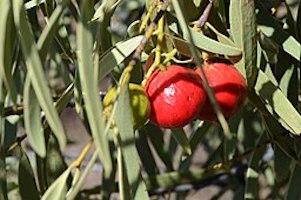
QUANDONG (WILD PEACH)
The Wiradjuri people of New South Wales used the name guwandhang, from which the name quandong was adapted....
Quandong and emus feature in much of the mythology of Indigenous peoples in Australia. The Emus eat the Quandong fruit, then disperse the Quandong seeds when they get caught in their feathers or feet and are left in their droppings. In this way, the emu and the Quandong are interrelated and codependent, working together to keep universal balance and order....
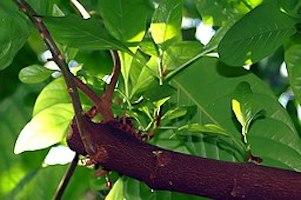
Quinine
The original Quechua word for the cinchona tree bark is quina or quina-quina, which means "bark of bark" or "holy bark". The English word Quinine is derived from this....
In the 1800s, the British discovered that quinine could prevent malaria and began importing huge quantities and looked at growing it in other parts of the British Empire. This enabled the “Scramble for Africa” in the late 1800s where European countries seized vast areas in Africa and exploited the people and the resources of the continent through policies of colonisation and imperialism....
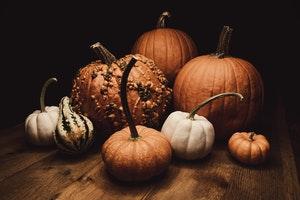
SQUASH AND PUMPKINS
The word squash is an English corruption of the Narragansett word askutasquash meaning "a green thing eaten raw".....
Squash and pumpkins are cultivated as part of the Three Sisters gardening technique. Maize is planted in the middle of the plot, climbing beans are planted around the maize and squash or pumpkins are planted around the edge. The taller maize and climbing beans offer shade to the low lying squash and pumpkin vines which stop the ground from getting too dried so the maize crops will be larger.....
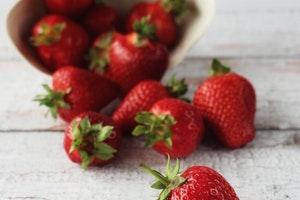
STRAWBERRIES
The Indigenous peoples (the Picunche, Huilliche and Mapuche) from the region we now call Chile cultivated strawberries over 1,000 years ago. They grew red and white strawberries. White strawberries were preferred because of their larger fruit. They generally ate their strawberries raw or dried. Sometimes they cooked their strawberries into a sauce. They were occasionally made into a fermented drink....
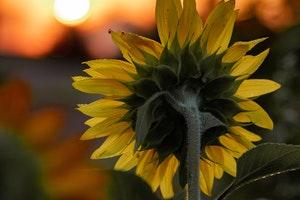
SUNFLOWERS
Indigenous people in Mesoamerica use the sunflower in many ways. The seeds can be eaten fresh or ground up and mixed into a traditional thin porridge-like drink called atole. The flower petals and pollen are used to make dyes for cloth and face paint and the stems are used to make baskets. Sunflowers are also used to make musical instruments and to make bird snares....
For the Aztec people, the sunflower is a symbol and metaphor for war and is clearly depicted on the shields of several gods....
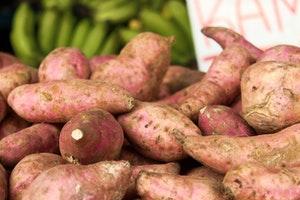
SWEET POTATOES
Sweet potatoes were first cultivated in what we now call Central and South America about 5,000 years ago. They were grown and eaten much like potatoes. Sweet potatoes were cooked in their skins and served with honey....
Sweet potatoes were grown in New Zealand before European contact. They had been brought there across the Pacific from the Americas by Polynesian navigators....
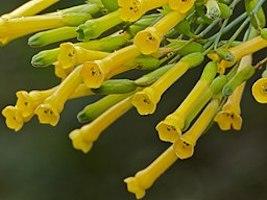
TOBACCO
Tobacco is used in many different ways by the Indigenous people in the Americas. It is used in religious ceremonies and in medical practices including as a cure for earache or toothache, to treat colds, as a painkiller and to dress wounds....
According to archaeological finds, it is now believed that tobacco was used by people in the Americas around 8,000 years ago....
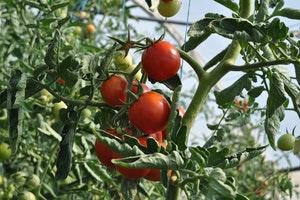
TOMATOES
In Nahuatl (the Aztec language), tomatl refers to green tomatoes and xitomatl is used for red tomatoes. The name is said to mean ‘plump thing with a navel’....
Wild tomatoes originated in the Andes mountains of South America in what we now call Peru and Ecuador. They were first domesticated in pre-Columbian Mexico, according to archaeologists in around 500BC. Originally they were hard, small and sour. Careful cultivation by Indigenous people led to thousands of edible varieties.....
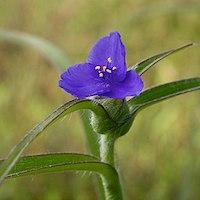
TRADESCANTIA
Tradescantia are called after the English gardener John Tradescant, who first brought them from America. They are also known as Spiderwort....
The Cherokee eat the young flowers of the Virginia Spiderwort, parboiled and then fried, frequently mixed with other greens....
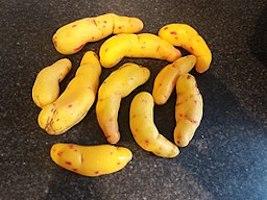
Ulluco
Ullucos are often eaten in soups and stews by Inca people. The leaves from the ulluco plant can be eaten cooked or raw and are often used to make salads. But, because of their high water content, ulluco are not suitable for frying....
Ullucos are used to treat upset stomachs and to help heal sunburn, sores and reduce scars. They are high in calcium, carotene and protein....
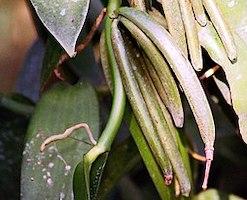
VANILLA
In pre-Hispanic times, the Totonac were conquered by the Aztecs who developed a taste for vanilla. As well as taking payments of vanilla as tribute, the Aztecs also began growing vanilla themselves. ..
Vanilla is used by the Aztec people as a perfume and to treat upset stomachs, indigestion, lice infestations, body odour and fevers. It has also been used as an aphrodisiac and a good luck charm for travellers....
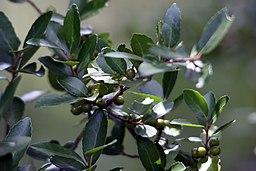
YAUPON HOLLY
Yaupon tea has traditionally been drunk by the Creek, Timucua, Chitimacha, Choctaw, Chickasaw, Cherokee, Apalachee, Mvskoke and many others. Some of these people call it “the white drink” as it symbolises happiness, social harmony and purity....
The Spanish who first encountered it called it “the black drink” because of its colour, and this term is used by some Indigenous people too....
BOTANY BAY learning materials are licensed for re-use under a Creative Commons Attribution 4.0 International licence (CC BY 4.0).
